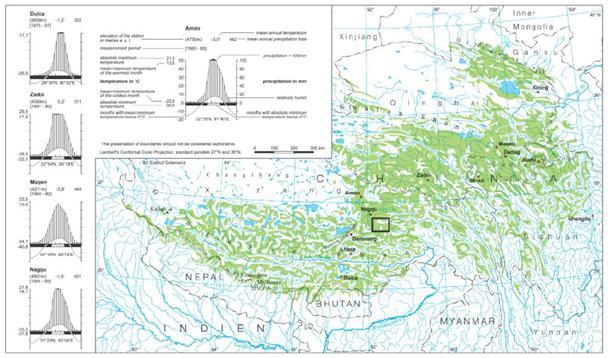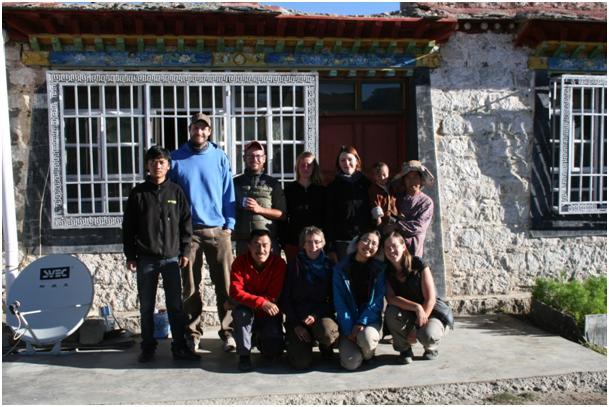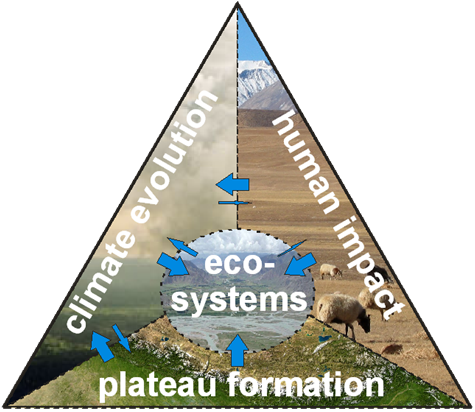Interdisciplinary Experiment in Kema, Tibetan Plateau
KEMA 2013
From 07/2013 to 09/2013Experiment manager: Hermann Ansorge, Georg Guggenberger, Yakov Kuzyakov, Christoph Leuschner, Karsten Wesche, Xingliang Xu
Staff: Ina Hoeft, Maika Holzapfel, Per Schleuss, Klaus Schützenmeister, Elke Seeber, Sandra Spielvogel, Sandra Willinghöfer, Sun Yue
From July until September 2013 the Atmosphere-Ecology-Glaciology (AEG) cluster within the TiP project (DFG SPP 1372), the EU Program CEOP-AEGIS and the PaDeMoS project (BMBF) conducted an interdisciplinary field experiment on the Tibetan Plateau. The collaborating scientists are from the Georg-August University of Göttingen (Departments of Plant Ecology and Soil Science), the Leibniz University Hannover (Institute of Soil Science), the University of Koblenz-Landau (Department of Integrated Natural Sciences), the Senckenberg Museum of Natural History in Görlitz, the Institute of Geographical Sciences and Natural Ressources Research (CAS; Beijing) as well as from the Institute of Tibetan Plateau Research (ITP; Beijing).
The experimental field site is located at an altitude of 4400 m a.s.l. at the Tibetan Plateau in the centre of the main distribution of the Kobresia pygmaea grassland, close to the village Kema, 350 km Northeast of Lhasa.

Distribution of Kobresia on the Tibetan Plateau. The research area Kema is marked with the square (Miehe et al. 2008)
In 2013, several experiments focusing mainly on the water balance and the carbon cycle of the Kobresia ecosystem have been conducted. Additionally the ecology of the plateau pika (Ochotona curzoniae) within this ecosystem has been investigated.
For this purpose, the precipitation manipulation experiment (established and started in 2012), aiming to study effects of different water availabilities on the water balance of the Kobresia ecosystem, had been continued. Within this experiment, different working groups monitored evapotranspiration, photosynthesis rates, measured CO2 fluxes and conducted 15N and 13C pulse labelling experiments. In another experiment, carbon dynamics of grazed and ungrazed sites were investigated by using 13CO2 pulse labelling. Other experiments studied the influence of different degradation stages of Kobresia root mats on the activity of various enzymes of the C and N cycles, and the effects of N fertilization on carbon dynamics of grazed and ungrazed study sites (plant and soil samples were taken for further laboratory analyses including laboratory incubation experiments and biomarker analyses). Small mammal diversity, as well as density and population structure especially of the plateau pika was studied by a grid-based sampling at grazed and ungrazed sites. Additional vegetation surveys were carried out and soil samples from pika burrows were taken for further analyses.

Group picture in front of the main building of the research station of Kema

